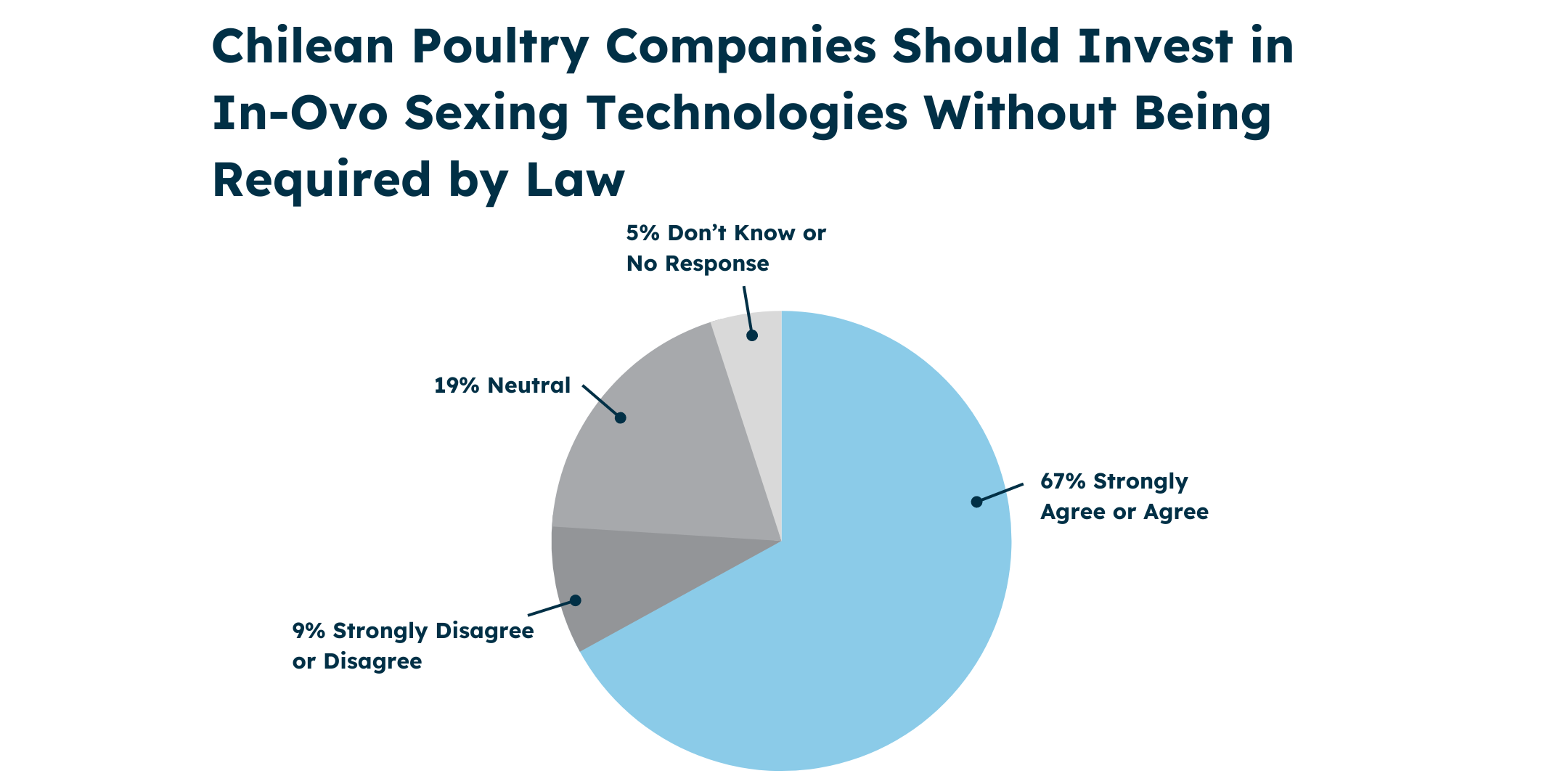Growing International Consumer Consensus on the Challenge of Male Chick Culling
It’s not every day that the world finds itself on the same page, but three recent surveys from across the globe point to a clear consensus: the practice of male chick culling is very unpopular, and that consumers are hungry for a more ethical egg.
The first of these studies, from the European Commission, surveyed an impressive 26,000 citizens of the European Union’s 27 member states. Over a period of a month, researchers spoke with these citizens face to face and asked them their opinion on a number of animal welfare related topics. The study found that 75% of European citizens consider the practice of chick culling unacceptable, and that majorities in 20 of the member states think that male baby chicks should not be killed even if it leads to an increase in the price of eggs.
Across the channel in the UK, another representative study of 1,000 consumers by Bryant Research also found the practice of chick culling to be widely unpopular. 82% of UK consumers expressed that they were uncomfortable or very uncomfortable with the practice and only 10% of consumers expressed any level of comfort. The survey also suggested that there was wide support for the adoption of in-ovo sexing technology, with over three-quarters of consumers agreeing that it should be used to address the challenge of male culling and only 5% of consumers disagreeing.
Source: Bryant Research
Finally, a survey of 500 Chilean consumers, commissioned by the Veg Foundation and run by the multinational market research firm IPSOS, sheds further light on this global consensus. Two-thirds of respondents agreed that the egg industry should take the initiative to invest in in-ovo sexing technologies without waiting for any legal mandate.
Source: Veg Foundation and Ipsos
These new surveys are also congruent with the survey of US egg buyers that Innovate Animal Ag commissioned earlier this year. In our survey, 73% of US egg buyers believed that the egg industry should find an alternative to the culling of male chicks, and a remarkable 71% of egg buyers were even willing to pay a premium for eggs that were produced using in-ovo sexing technology.
It’s not just consumers that are excited about the possibilities of in-ovo sexing technology. Around the world, governments and industry are exploring how this technology can address the challenge of chick culling. The Australian government, for instance, has invested in research to develop new in-ovo sexing technology, and two Israeli startups, EggXYT and Poultry by Huminn are developing sex determination solutions that are supported by gene editing. We’ve also seen commitments to adopt the in-ovo sexing technology from producers in Mexico, Brazil, and Chile, along with fifteen state governments in India that have committed to the technology when it becomes available.
Piecing together these international insights, a clear trend emerges. From Santiago to Stuttgart, and London to Los Angeles, consumers are echoing the same sentiment: the traditional practice of male chick culling is untenable. More significantly, the public isn’t merely expressing disapproval, but rather voicing their readiness to embrace in-ovo sexing technology and even bear costs associated with its adoption. Egg producers with an eye towards the future should recognize that beyond the ethical considerations, meeting this demand is an opportunity to move into a higher margin specialty segment. With this survey data, there’s a compelling business case hatching right before our eyes.
If you’d like to learn more about the opportunity of building a more ethical egg, drop us a line at contact@animalinnovation.org



